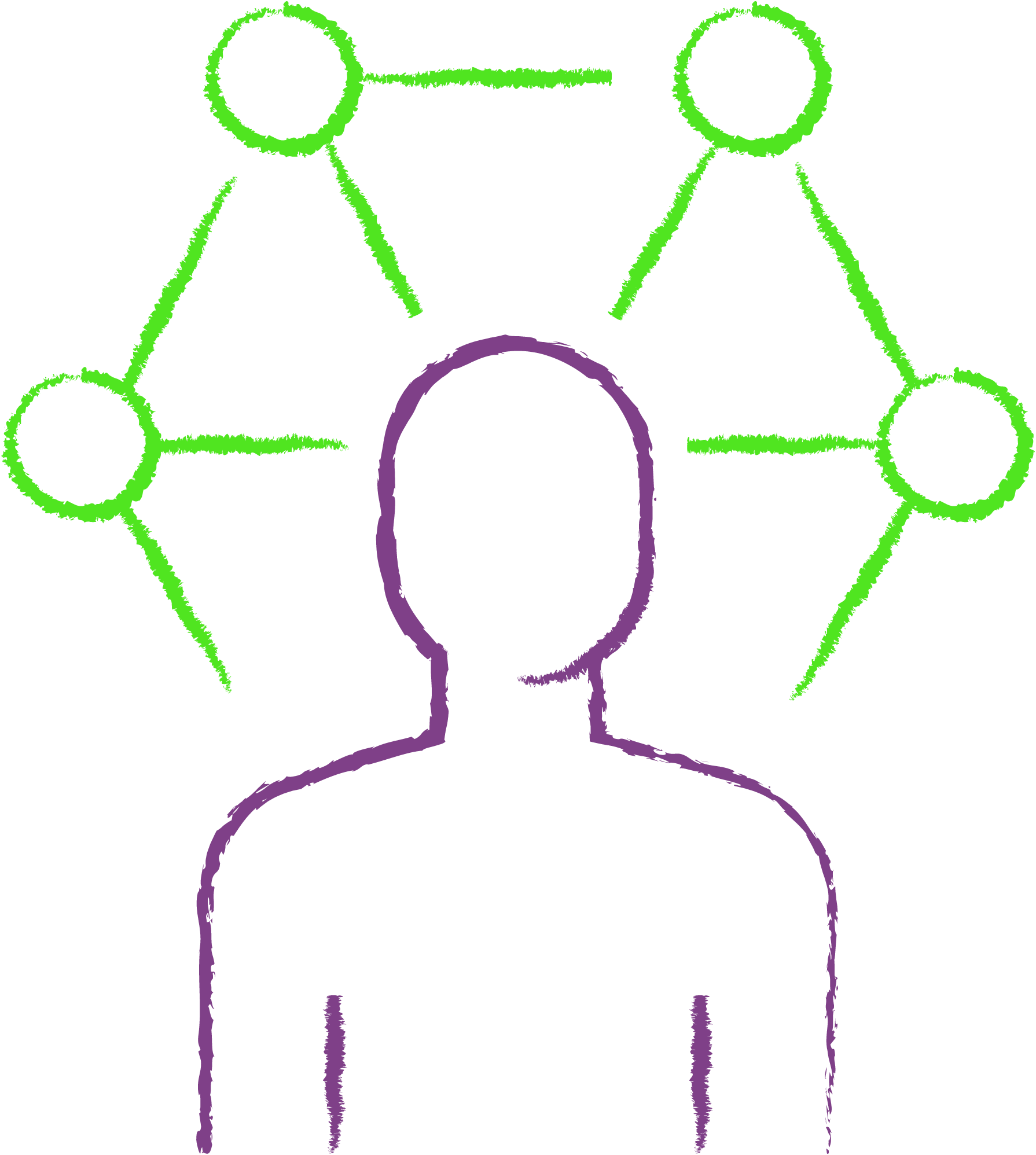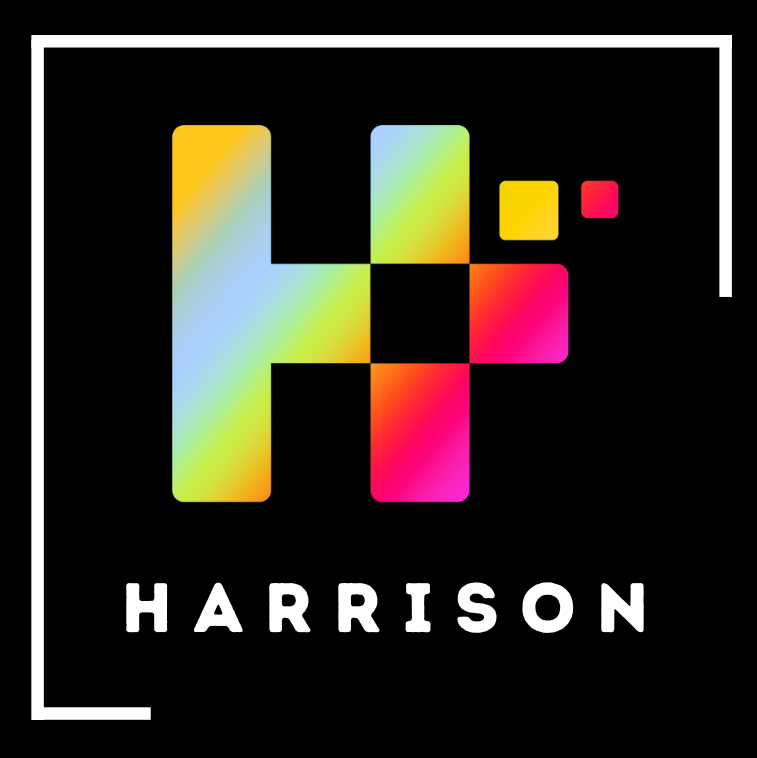CLOUD TECHNOLOGY
OPERATING MODEL &
ORGANISATION
DESIGN
CLOUD TECHNOLOGY
OPERATING MODEL &
ORGANISATION
DESIGN

service description
business context
How and when should this service be used?
our approach
Recent and ongoing pressures to increase value from suppliers has led public and private sector departments to shift away from large single
monolith outsourcing contracts with IT providers. Instead, departments are adopting flexible, cloud-based solutions and multi-sourcing approaches, potentially leveraging external service integration partners. This transition establishes a more agile, competitive, and cost-effective cloud technology supply chain by taking advantage of diverse cloud service and support offerings.
The shift to a more complex yet agile supply chain poses challenges, especially regarding the operating model when it comes to the retained organisation and the incumbent integrator. A well-designed digital, technology, and cloud transformation roadmap requires an effective operating model and organisational structure. Key elements include having the proper skills, processes, ways of working, governance, and culture to enable a smooth-running tech operation. Harrison has assisted clients in identifying the skills and processes to retain, along with the ideal organisational size, to achieve efficiency gains.
our approach continued
We employ an established methodology with interrelated dimensions that illustrate how digital technology is organised, implemented, and functions. Our methodology is illustrated below:
The Technology Operating Model should be defined and documented in a logical order, with priority given to certain dimensions as illustrated below:
what
persona
services
mission
The Technology organisation should clarify:
What services will be provided, who the key customers are, and what the mission statement is.
how
capability and skills
funding and charging
processes
metrics and kpi’s
functions and interactions
tooling
What capabilities, processes, and interactions are required for the Technology organisation to deliver on the above objectives, and how will their effectiveness be measured?
where
collaboration and location
culture and work style
sourcing and ecosystems
Where and how will the organisation source the necessary talent and capabilities? How will the organisation foster collaboration
across locations, and what culture should be embedded to support this collaboration?
where
organisation and structure
governance and decision rights
roles and responsibilities
incentives and rewards
What roles and governance models should be put in place? How will employees be rewarded and evaluated? And, what organisational structure will allow the team to operate effectively and deliver results?
approach stages
To reach its desired maturity, a public or private sector organisation takes the following approach to develop the Target Operating Model and future-state Organisation Design: Digital and Technology leadership, along with other key stakeholders, actively participate throughout the process. We recommend a 2-3 person Harrison consulting team for this service: a Senior Manager, Senior Consultant, and Analyst with recent experience delivering Target Operating Models and Organisation Designs for cloud, technology, multi-sourcing, and supply chain transformation programs.
Our approach for this service is described in the following stages. At each stage of developing the TOM and OD, we will hold multiple meetings and workshops with IT leadership and key stakeholders. The purpose is to collaboratively develope, review, and refine the designs, as well as secure leadership approval
stage 1
Define future capability needs:
Evaluate the current technical capabilities and provide recommendations for the future technology roadmap and objectives.
Outline the desired capabilities for the future, independently of current organisational structure, roles, and staffing.
Approve the design principles and organisational structure of the recommended technology operating model.
stage 2
Develope operating model:
Create a visual diagram of the future organisational capabilities, showing how they would interact internally within the company and externally with the supply chain partners.
Organise capabilities into functional units.
stage 3
Design future organisation:
Clearly identify and understand the organisational structure of the target organisation as well as the interdependencies between its various components.
Agree interim phases and organisation structures.
Describe how implementing the recommendations would affect the organisation’s existing structure in terms of job roles, duties, staffing levels, required competencies, and reporting hierarchies.
stage 4
Develope initial view of high level processes and RACH:
Analyse the organisation’s structure and external supply chain to identify the most important high-level processes.
Determine which department in the new organisational structure would have responsibility, accountability, needed consultation, and required information for high-level IT processes.
stage 5
Outline TOM / OD implementation costs and plan:
Create an outline of the necessary steps to put TOM/OD into action.
Evaluate the effects of the transition on information technology and communications in terms of both costs and
personnel.
approach stages
Inputs
We have assumed that you can provide the inputs listed here for the service. If you cannot provide all of them, please contact us to discuss options. We can likely modify our approach to accommodate your situation.
- Please share the currently documented details
about the organisation’s technology
capabilities, including information on staff,
processes, working methods, tools, systems,
and organisational culture. - Provide Harrison with relevant resources to
design the new Technology target operating
model. - Implement continuous strategic planning to
enable adaptability, agility, flexibility, and
enhanced prioritisation of Cloud computing
and IT investments.
Have a clear understanding of the roadmap to
target with anticipated investment - Access to all necessary people for practice
maturity assessments to baseline and also
Steering Sessions
Outputs
The deliverables, outputs, and outcomes you can expect from this service; this service will enable the organisation to:
- Implement continuous strategic planning to
enable adaptability, agility, flexibility, and
enhanced prioritisation of Cloud computing
and IT investments. - Have a clear understanding of the roadmap to
target with anticipated investment - Establish clear roles and responsibilities within
the organisation to ensure concise vendor
management. - Enjoy a more mature, efficient, and higher
quality integration of service delivery across
the technology supply chain by outsourcing
service integration. - Standardise technology processes across the
organisation to achieve cost efficiencies.
your contribution
Our services are designed to be collaborative, working with you rather than simply providing a service to
you. We have assumed that you will contribute to the work in the following ways. If you cannot take on
these responsibilities, please contact us. We can likely modify our approach to accommodate your situation.
- Our price for this service assumes that senior stakeholders and decision makers will prioritise attending
key meetings and workshops so we can maintain the fast pace of delivery needed. We aim to schedule
flexibly around existing priorities, but lack of stakeholder availability could easily derail our timeline.
Providing access to the best available information about the existing situation, plans, and strategies.
deliverables
Harrison will produce the following deliverables as part of this service,tailored to the organisation’s requirements:
- Current state capability assessment – Assessing and analysing the existing organisational framework, cloud technologies, and IT procedures in relation to industry standards.
- Design principles – To assist in the growth of the existing organisational framework and facilitate procurement operations.
- Target state capability – Enhancement recommendations for future capability, supported by fundamental design principles endorsed by stakeholders.
- Target operating model – An operating model for the new IT organisation will be developed based on the identified capabilities that are to be retained and outsourced in the future.
- Organisation structure – Considering the sourcing and procurement strategy, the retained operating model, and the target state capability, an outlook of the forthcoming IT organisation can be envisioned.
- Compatibility RACI – A comprehensive analysis of the target capability model reveals the allocation of responsibilities and accountabilities for each capability group. This includes identifying the teams that should be responsible and accountable for the process, as well as those that should be consulted and informed about it.
- Process/ways of working – Revised and updated documented procedures and/or methodologies to conform with the Target Operating Model.
- Tooling strategy – An in-depth analysis of the essential tools necessary to facilitate the implementation of the Target Operating Model.
- Cultural blueprint – The organisation aims to demonstrate its cultural values and behaviours as an integral part of its Target Operating Model.
- Transitional plan – A plan to guide the organisation through the transition from designing to implementing the new operating model.
- Performance metrics – Measure and monitor the entire IT organisation, including both the retained organisation and vendor services, using key performance indicators.
why harrison
IT consulting that isn’t scripted, templated or one we did earlier We’ve regularly experienced a hit and run culture of IT service providers that create an amazing sales experience.
Yet still, the delivery has fallen short, leaving the customer to pick up the pieces, often at a considerable cost.
At Harrison, our IT consulting is all tailored to the individual customer needs and desired outcomes. We utilise all of the best practice frameworks (ITIL, COBIT, SIAM, Prince2, Agile, etc.) across the full enterprise combining the best elements to ensure your goals and objectives are met.
Our interactions with clients embody a friendly and pragmatic ethos, centred around people. We take a holistic 360-degree approach to our work, deliberately avoiding silo thinking.
Choose Harrison for IT consulting with bespoke solutions, meticulously crafted to align with your unique business
objectives.
